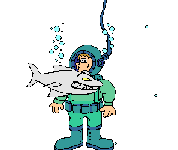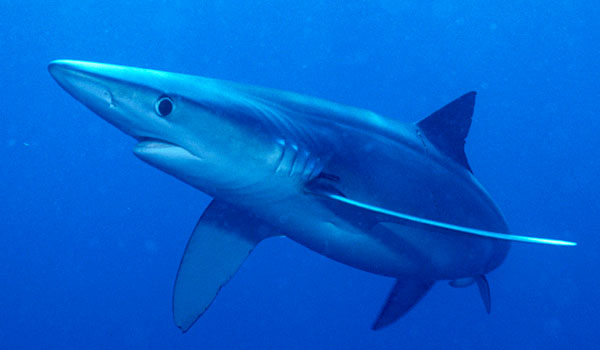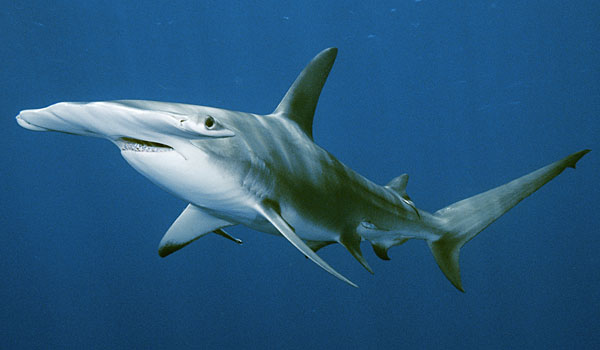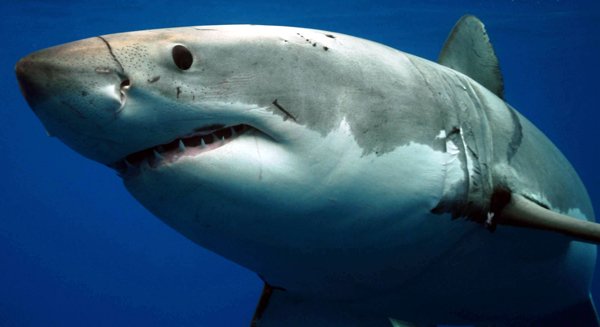Sharks...
Are you Scared?

Are you Scared?



Great hammerhead sharks look like oceanic bulldozers, with their large mouths and strange hydrofoil-like heads that end with bulbous eyes on either side of the “hammer” tips. The unique head is actually an evolutionary adaptation that allows for superior water navigation. The largest of all hammerheads, weighing up to 1,012 pounds, they may be found close to the surface inshore as well as offshore to about 262 feet. Nomadic sharks, the great hammerheads move throughout their very large range in response to rising or falling water temperatures. The species favors coral reefs, which can supply food as well as shelter although, aside from humans, this impressively large denizen of the deep has few enemies.

The great white shark has both fascinated and frightened humans since its ominous presence first became known. These powerful fish can kill a person with a single bite, but not necessarily because they want to eat us. Studies suggest surfers and flailing swimmers remind the great white of other prey that it would normally go after. When presented with human dummies, the sharks showed little interest. Nonetheless, each year one or more encounters with a great white usually is reported in the U.S., since the shark's habitat goes all the way from the surface down to well over 4,000 feet.

